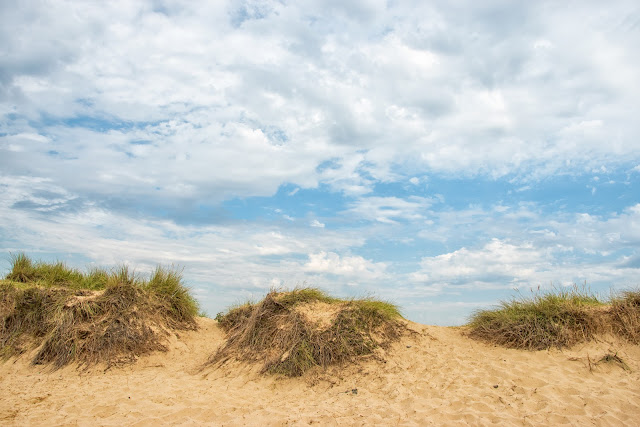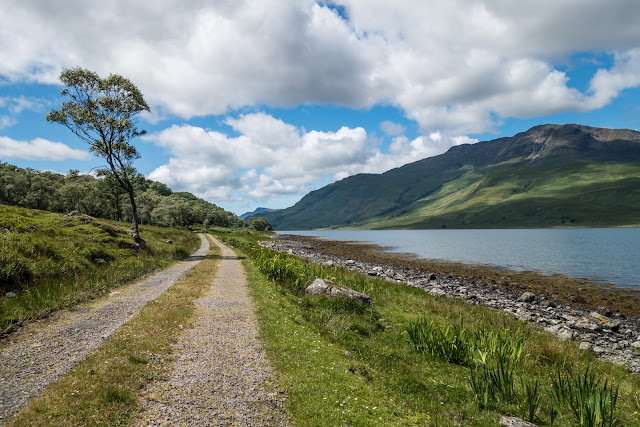A morning in Walberswick with Gill Moon
Walberswick is a Suffolk Coastal town which I had not visited many times, so a morning with my camera wandering the banks of the River Blyth was appealing. Gill Moon pointed us in likely directions, and was on hand for advice and useful tips. A pleasant morning indeed!
Walberswick is on the opposite side of the river Blyth to Southwold and you can be ferried between the two. There are grass covered sand dunes to negotiate before reaching the beach or you can stroll along the riverside past the many boats and shacks that make up many riverside towns. To quote the guide to the town:
The village and surrounding beach and marshland have long attracted residents drawn from the arts, film and media. In the 1890s and 1900s the village became associated with Philip Wilson Steer and his circle of English Impressionists. His painting of the beach is exhibited at the Tate.
Walberswick is on the opposite side of the river Blyth to Southwold and you can be ferried between the two. There are grass covered sand dunes to negotiate before reaching the beach or you can stroll along the riverside past the many boats and shacks that make up many riverside towns. To quote the guide to the town:
"This delightful coastal village is a popular holiday destination for those who wish to experience Walberswick's unspoilt dunes, its beach and its charm.
A wide variety of flora and fauna makes Walberswick popular with ramblers and visitors alike. A major attraction for children in summer is crabbing by the harbour, where bridges and river banks become crammed with buckets, lines – and foul smelling bait! From 1980 to 2010 Walberswick annually hosted the British Open Crabbing Championship. Over the years this annual family event has raised useful funds for various charities and good causes, both local and national, while participants enjoyed the delights of this simple outdoor pleasure.
The name Walberswick is believed to derive from the Saxon Waldbert or Walhbert – probably a landowner - and "wyc", meaning shelter or harbour. From medieval times through to the Twentieth Century the village was a thriving port trading in cheese, bacon, corn, timber and, of course, fish."
The village and surrounding beach and marshland have long attracted residents drawn from the arts, film and media. In the 1890s and 1900s the village became associated with Philip Wilson Steer and his circle of English Impressionists. His painting of the beach is exhibited at the Tate.














Comments